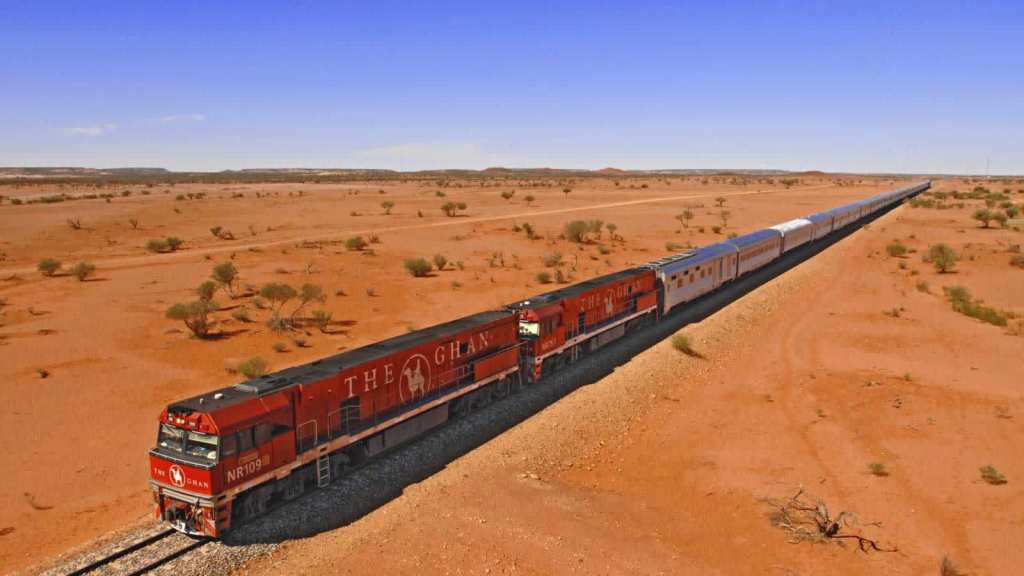Let’s not beat around the bush here: slow TV is boring as hell. And it’s meant to be.
The essence of slow TV is in the name – long, slow scenes, often with minimal sound and minimal action. It’s a real-time representation of an activity or journey, shot with multiple camera angles, that goes on for hours.
In 2018, SBS’s slow TV presentation of The Ghan took Australia by storm. A three-hour program showing the train journey from Adelaide to Darwin is undeniably boring stuff. But people were transfixed, glued to vision of the train making its way across spectacular Australian landscapes.
Over this Easter weekend SBS premiered a new slow TV event, giving viewers an inside look at Australia’s Cadbury factory. The three-hour show follows the production of chocolate, from the sugar being harvested and transported, the dairy farm and milk production, to the inner workings of the Cadbury factory itself, with rivers of chocolate á la Willy Wonka.
Somehow this daily production line is turned into captivating magic. Seeing the chocolate and cream spiralling together into a vat, watching machines sploot out molten chocolate, which is then turned into perfectly-shaped Easter Bunnies…it’s calming. It’s soothing. It’s exactly the opposite of the TV that we’re used to watching. But it’s the perfect balm for the stressful existence we’ve been living for the past few weeks.
Slow TV’s origins can be traced back to Norway — of course it’s Scandinavian — and it turns the classic TV formula on its head. Back in 2011, a Norwegian broadcaster aired a slow TV program for five days straight, which showed nothing but a cruise ship’s passage through beautiful arctic waters.
Televisions episodes are usually designed to capture our attention for an hour (or 42 minutes with ad breaks). They have witty dialogue, or tense cliffhangers, or explosive drama, or all of the above. But slow TV is characterised by its lack of storyline, narration, characters, or emotion.
Rather than fast-paced editing, slow TV shots are steady and fixed for long periods. While watching The Ghan it’s not uncommon to have one single camera angle on the screen for 10 minutes or more.
It’s kind of reminiscent of ASMR videos, characterised by sounds that trigger a pleasant tingling for some people, which are used as a way to relax and ease anxiety.
Slow TV has the same purpose: it also as an antidote to the stress and mental clutter that has been marking our lives of late.
Yes, slow TV is boring. But maybe boring is what we need.







